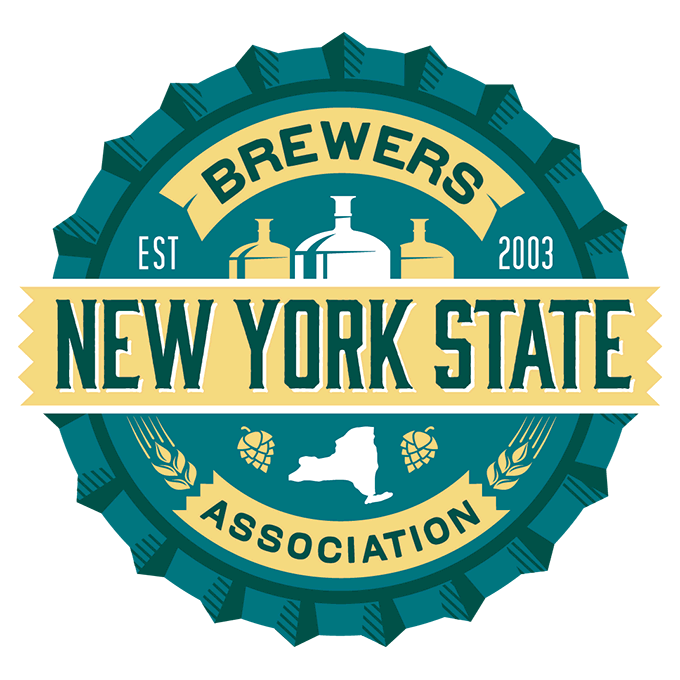
Wastewater reuse is becoming increasingly common for irrigation, dust suppression, industrial cooling, groundwater recharge… and now, for brewing. While there remains some significant regulatory hurdles (if not, state-wide prohibitions on selling), some innovative breweries are busy experimenting, using treated wastewater as a substitute for potable water. Water usage and wastewater disposal are both significant production expenses, thus there are economical, as well as environmental, benefits to potable water reduction measures.
Greywater, or “recycled water,” is wastewater not affected by infectious, contaminated, or unhealthy bodily wastes…in other words, wastewater from bathtubs, showers, bathroom sinks, and washing machines. Greywater has steadily been replacing “potable water,” the water that comes in your tap or from your well, as it is integrated into cleaning equipment, bottles, kegs, and facilities, and now, used in the actual beer making process.
Initially, a home brewer and wastewater engineer with the Wisconsin Department of Natural Resources released “Activated Sludge,” a wheat beer brewed using treated Milwaukee Metropolitan Sewerage District wastewater, which was tasted alongside Lakefront Brewery’s Wheat Monkey. While jokes ensued (“A little bit of me, a little bit of you” was the theme of the slideshow), the tasting clearly showed that brewing beer with greywater doesn’t necessarily affect taste.
Then, Clean Water Services, which runs four wastewater treatment plants near Portland, Oregon, challenged approximately 20 home brewers to create new brews in its Pure Water Brew “sewage to suds” competition, providing those brewers with 300 gallons of treated wastewater “significantly cleaner than what the safe drinking standards are for water that comes out of taps across the United States.”
Next, Half Moon Bay Brewing Co. teamed up with NASA (yes, NASA!), which provided wastewater from their sinks, showers and washing machines, for yet another recycled water brew: “Mavericks Tunnel Vision IPA.” A tasting panel could not detect the difference between the recycled water version and the normal version, but again joked about the “I Pee A.”
So, what’s next? Technically, no states currently allow beverage products made directly from recycled water to be sold to consumers…but change is brewing (pun intended) as Texas and California are now using recycled water for groundwater recharge on a small, but ever-increasing scale. The California Water Resources Control Board already organized a panel to study procedures and draft regulations necessary for allowing direct reuse of effluent water for human consumption. These draft regulations are expected within the next year. In the meantime, these recycled brews are attracting attention from policymakers and the public.